Lithium in Australia
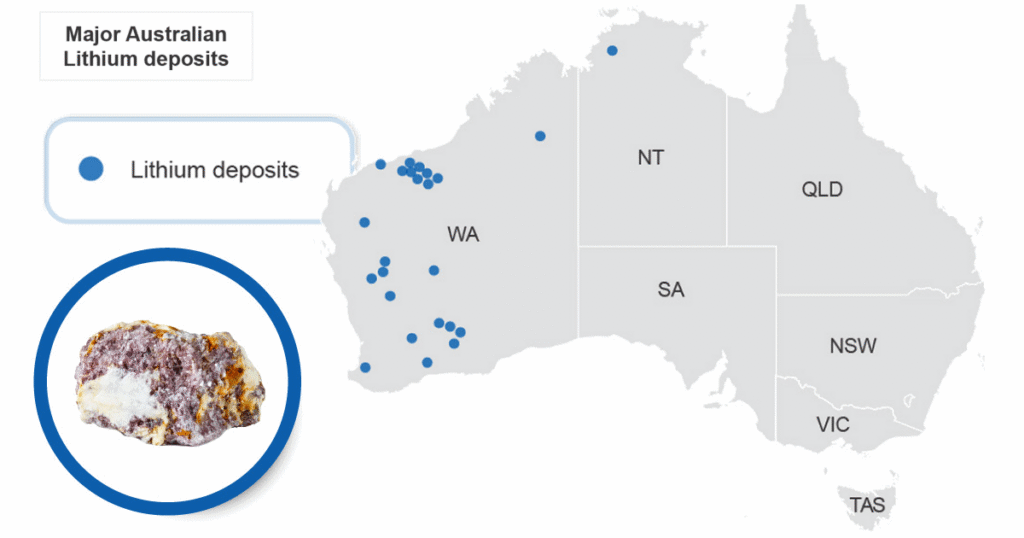
Australia is the world’s largest producer of lithium, with vast and high-grade lithium resources concentrated in Western Australia, particularly in the Greenbushes region. The country’s lithium is primarily extracted from hard rock pegmatite deposits, making it a key player in the global supply chain for electric vehicles (EVs), renewable energy storage, and consumer electronics.
Here’s a detailed overview of lithium mineral resources in Australia, including key regions, mineral types, and production trends.
1. Australia’s Lithium Reserves and Resources
Australia holds some of the largest and highest-grade lithium reserves in the world. According to the U.S. Geological Survey (USGS) and Australian government data:
- Estimated lithium resources: Over 7 million metric tons of lithium oxide (Li₂O)
- Reserves: Around 2.7 million metric tons, largely in Western Australia
These figures place Australia at the top of global lithium production, ahead of Chile and Argentina, which are known for brine-based lithium.
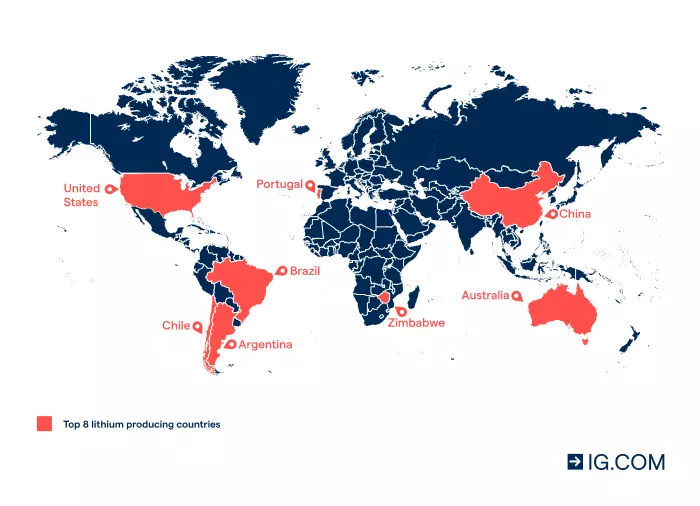
2. Key Lithium Deposits in Australia
Australia’s lithium is mainly sourced from granite-related pegmatites, with the most notable deposits including:
- Greenbushes (Western Australia): The largest and highest-grade lithium mine in the world, operated by Talison Lithium (a joint venture between Albemarle and Mineral Resources Limited)
- Mt Cattlin (WA): Operated by Galaxy Resources
- Pilgangoora (WA): A growing lithium-tantalum project operated by Allkem
- Bald Hill (WA): Previously operated by Mineral Resources Limited, now under development by new owners
- Mariana (Queensland): Emerging lithium clay project
These deposits are rich in spodumene, the most economically viable lithium mineral for battery production.
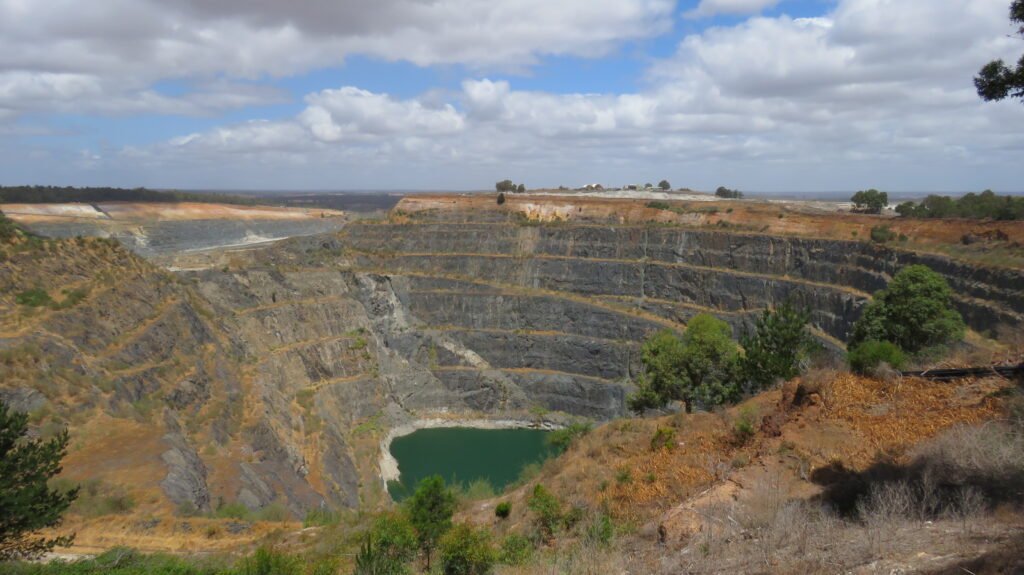
3. Lithium-Bearing Minerals in Australia
The primary lithium mineral in Australia is spodumene (LiAlSi₂O₆), found in pegmatite bodies that are mined using open-pit and underground methods.
Other lithium minerals present in smaller quantities include:
- Lepidolite – A lithium-rich mica
- Petalite – Used in ceramics and glass production
- Amblygonite – Sometimes mined for lithium extraction
These minerals are processed to produce lithium carbonate and lithium hydroxide, which are essential for EV battery manufacturing.
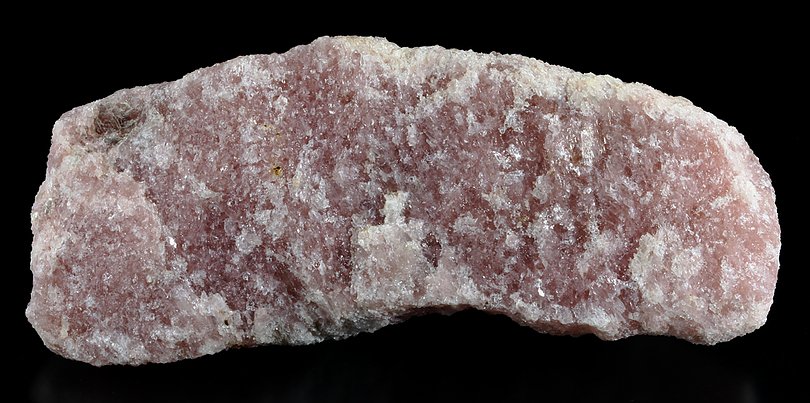
4. Lithium Production and Processing in Australia
Australia is the leading producer of hard rock lithium, accounting for over 50% of global production. However, most of the processing and refining is done in China, which imports Australian lithium ore for conversion into battery-grade material.
Efforts are underway to develop domestic lithium processing facilities in Australia to add value before export.

5. Future Outlook for Australian Lithium
With the global demand for lithium expected to double by 2030, Australia is expanding its lithium operations through:
- New exploration projects in WA, Queensland, and Northern Territory
- Development of lithium processing and refining within Australia
- Partnerships with battery and EV manufacturers in Asia, Europe, and North America
- Sustainable mining and recycling initiatives to support clean energy goals
Australia is well-positioned to maintain its leadership in lithium production while contributing to a secure and ethical supply chain.
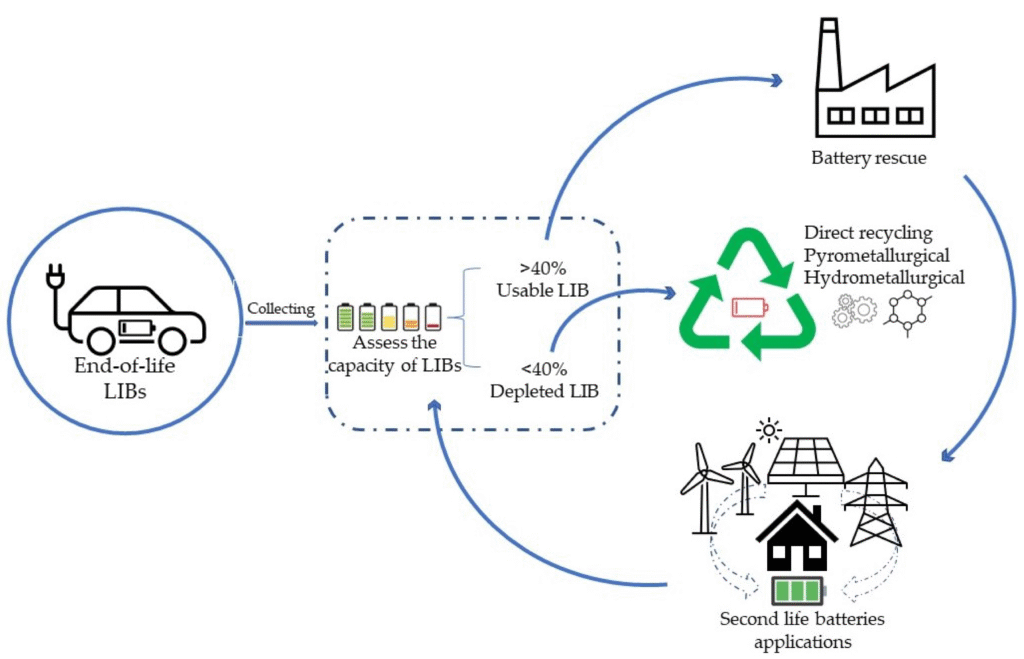
FAQs
Q1: Where is lithium found in Australia?
A1: Most lithium is found in Western Australia, particularly in the Greenbushes, Mt Cattlin, and Pilgangoora regions.
Q2: What lithium minerals are mined in Australia?
A2: The main lithium mineral is spodumene, found in granite pegmatites.
Q3: Does Australia process its own lithium?
A3: Most lithium is exported as spodumene concentrate, with China handling the refining. However, Australia is developing domestic processing capabilities.
Conclusion
Australia’s lithium mineral resources, particularly in Western Australia, make it a global leader in lithium production. With rich spodumene deposits and growing investment in processing and sustainability, Australia is set to play a central role in powering the clean energy transition.

